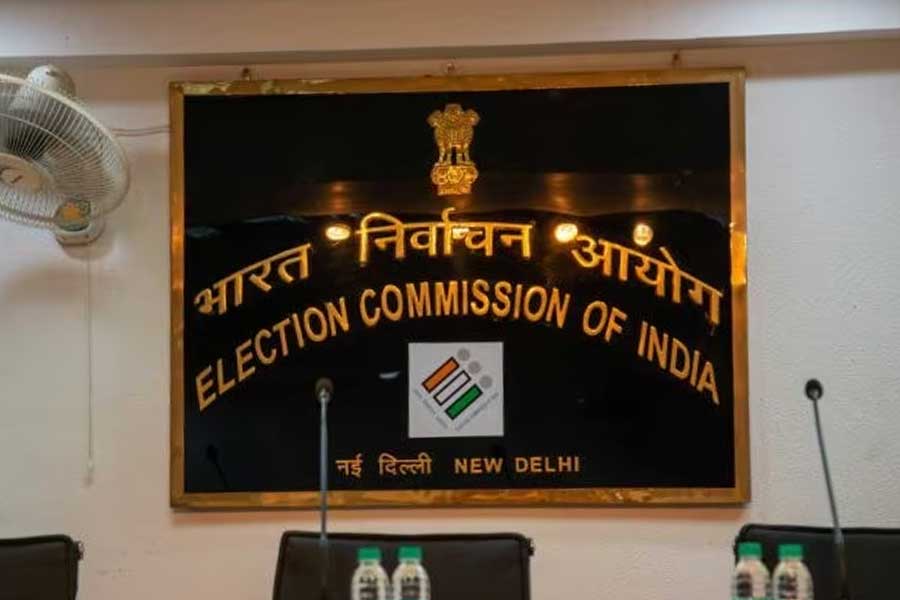 |
| Mangoes and other fruits on display on the OUAT campus in Bhubaneswar. Picture by Ashwinee Pati |
Bhubaneswar, May 30: Mallika and Amrapalli are conquering hearts outside the state. And no, they are not beautiful damsels but mango varieties produced in Odisha that are becoming quite the rage in the export market.
Fruit lovers in New Delhi, Calcutta, Allahabad, Lucknow, Varanasi and Visakhapatnam are salivating over the home-grown mangoes that are harvested mainly in districts such as undivided Koraput and Dhenkanal, Mayurbhanj and Keonjhar.
Horticulturists hope the mango cultivation will soon cover more farming area with the help of schemes such as the National Horticulture Mission (NHM) and the Mahatma Gandhi National Rural Employment Guarantee Act (MNREGA). Out of the two lakh hectares under mango cultivation in Odisha, nearly one lakh hectares are under the NHM and this financial year, the horticulture directorate has planned to take up 13,000 hectares under the rural job act.
Amrapalli is a hybrid between two mango varieties — Daseri and Neelam. “Daseri is a variety from north India and Neelam is from the south. The hybrid is well suited to the Odisha climate as the region is centrally placed. The food and nutrition values of Mallika and Amrapalli are on a par with those found in other regions in the country and so, their demand is increasing every year in the metro markets. The central and state authorities also plan to increase the area in which these varieties are cultivated,” said H.P. Singh, deputy director general (horticulture), Indian Council of Agricultural Research.
Innovative technology and post-harvest management tools had been devised to produce mangoes of superior quality and tools were being used to minimise manual labour because of the rising cost of human resources in the agriculture sector, Singh said. He said the time had come for Odisha to transform itself from a traditional rice-producing zone to a major horticulture intensive economy.
A senior official at the state horticulture directorate said the state produces more than 6.42 lakh tonnes of mango, of which 40 per cent are high-quality varieties such as Amrapalli, Mallika, Keshari and Lengada, and the rest are local and indigenous varieties. “We send mangoes to local markets and markets outside the state, but post-harvest canning of mango pulp and juices is yet to begin,” said an official of the state horticulture directorate.
“Only when we have surplus production can we think for post-harvest preservation methods. Then, Odisha can produce different by-products of mangoes. Processing variety mangoes such as Totapuri and Keshari would be better for this purpose as their fibre content is higher,” said Sushanta Ranjan Dash, assistant horticulture officer at the state horticulture directorate.
Speaking to The Telegraph on the sidelines of a global conference — Horticulture for Food, Nutrition and Livelihood Options — vice-chancellor of Orissa University of Agriculture and Technology (OUAT) D.P. Ray today said that apart from production technology, agricultural scientists were also exploring possibilities to enhance plant health and management, nutritional values of the fruits, risk insulation and nanotechnology for increasing shelf life.
On the OUAT campus a mango exhibition was organised to show off the horticulture potential of the state. Thousands of visitors visited the kiosks.










